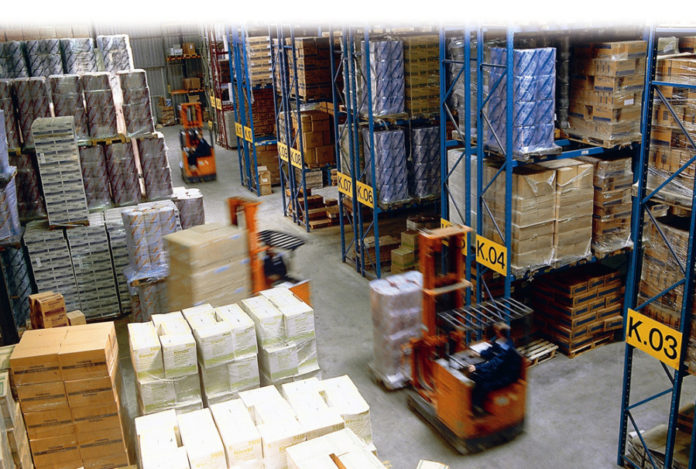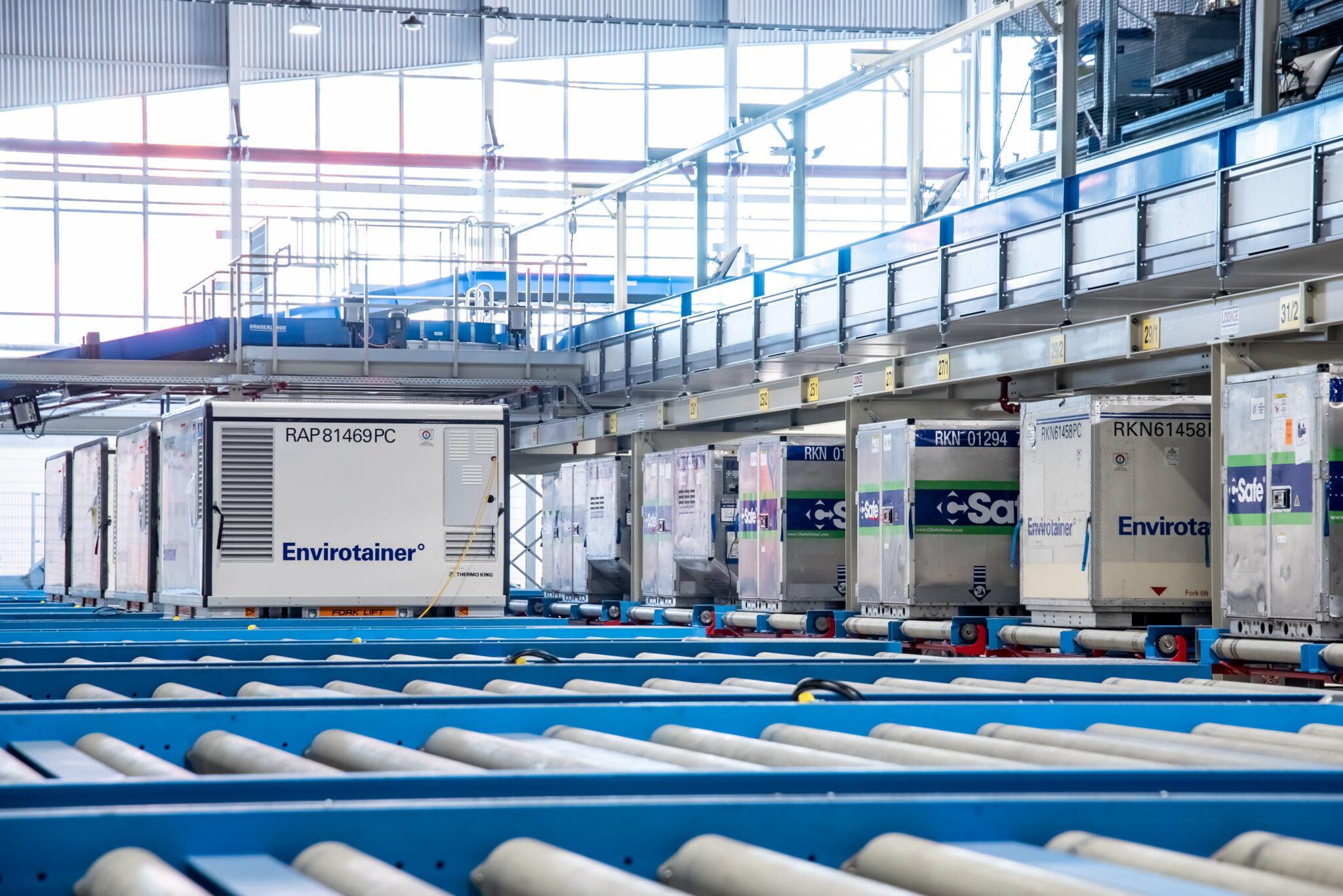

Major airfreight forwarders have been busy updating the market on their performance in recent months, David Craik writes.
They have revealed a sector buoyed by the continuing advance of e-commerce, strong trade lanes between the US and Europe and Asia, but struggling against the problem of tight capacities and the threat of growing global economic and political uncertainty.
So, what have the main players been describing?
Panalpina in its first quarter (Q1) update revealed that airfreight volumes had risen eight per cent to 233,000 tonnes driven by Far East trade lanes. This beat market growth of six per cent over the period.


Revenues rose 3.8 per cent to 657million Swiss Francs ($662 million) with gross profits off 2.6 per cent to 144.7million Swiss Francs. Chief executive Stefan Karlen (pictured) says: “2016 represented a very challenging year. Much lower volumes from the oil and gas sector meant that we had to restructure that part of our business during the first half of the year.
“In the second half, the Hanjin Shipping collapse and the very busy airfreight peak season led to tight capacities and soaring rates which put strong pressure on our margins. While we continued to perform well on volumes, pressure on yields impacted our profits.”
It was a similar tale at rival Kuehne + Nagel where Q1 airfreight volumes raced 15 per cent higher to 350,000 tonnes, with revenues up 12.6 per cent to 1.1 billion Swiss Francs. However, its EBIT (earnings before interest and taxes) was down 1.4 per cent at 72 million Swiss Francs.
The group said e-commerce, perishables and pharmaceuticals had led to the volumes growth helped by demand from the burgeoning middle class in Asia.
UPS’s global freight forwarding division also performed well in the Q1 with volume growth outperformed the market in both its international and domestic airfreight divisions. “Ongoing deliberate diversification and targeted growth of our customer base continues to pay dividends as middle market accounts drove double digit growth,” says UPS vice president of global airfreight, Stuart Lund.
He explains its current strongest market is Transpacific Eastbound which saw rates rise 18 per cent year-on-year (YOY) to $3.74/kg. However, Transpacific Westbound saw rates fall six per cent from the mark reached in February to $1.67/kg.
“The high-tech segment has seen a slight decline. Personal electronic devices are becoming lighter and smaller, therefore less expensive to ship,” he adds. “Laptops are the key reason for sliding high tech air trade, having dropped 105,000 tonnes already compared to last year. Laptop trade has also shifted more to ocean because of fewer options to customise devices.”
Lund says other current challenges include the ongoing increase in demand and tightened capacity conditions out of Asia. “This has impacted the airfreight industry,” he states. “The reduced capacity out of Asia, which showed negative growth in February for the first time since March 2013, has been impacted by a significant number of flight cancellations creating a backlog and the ongoing qualified pilot and crew shortage throughout the region,” he states. “There has also been select airport restrictions on adhoc landing rights.”
On rising demand, he adds: “Demand outpaced capacity growth for the sixth consecutive month in February and it’s expected to continue this trend for future months.
“Semi-conductor sales are up which is a leading indicator of future airfreight growth. There has also been a sharp fall in the inventory-sales ratio in the US over the past nine months leading to increased demand for airfreight.”
To stoke further growth UPS says it is investing heavily in technology to improve capabilities, extend competitive advantages, and enhance customers’ experience.
“Technology is disruptive across the supply chain, increasingly so in the Freight Forwarding arena, an environment that has traditionally benefitted from interpersonal relationships and protected data sources,” explains Lund.
“UPS Global Forwarding is currently investing in technology to improve customer visibility, reporting, and data management through our Flex Global View platform.
“Further investments in systems and tools to enable more flexible procurement and pricing strategies across modes will allow us to proactively manage our business as capacity/demand/utilisation rates shift.
“Our vendor/purchase order management system, UPS® Order Watch, enables customers to take control of their supply chain upstream and mitigate transportation cost increases through better consolidation, just-in-time shipping, and improved control at a more granular level,” Lund adds.
Regarding opportunities in the next two to three years, Lund identifies 3D printing as the next big factor to change the airfreight market. “In 2016, 3D printing was a $7 billion plus market and is expected to grow to $21 billion by 2020,” he says.
“UPS has partnered with Fast Radius to provide a service that will 3D print customer orders and, in most cases, the customer can receive the order the next day via UPS or they can pick up orders at a UPS store. It is an opportunity for us.”












